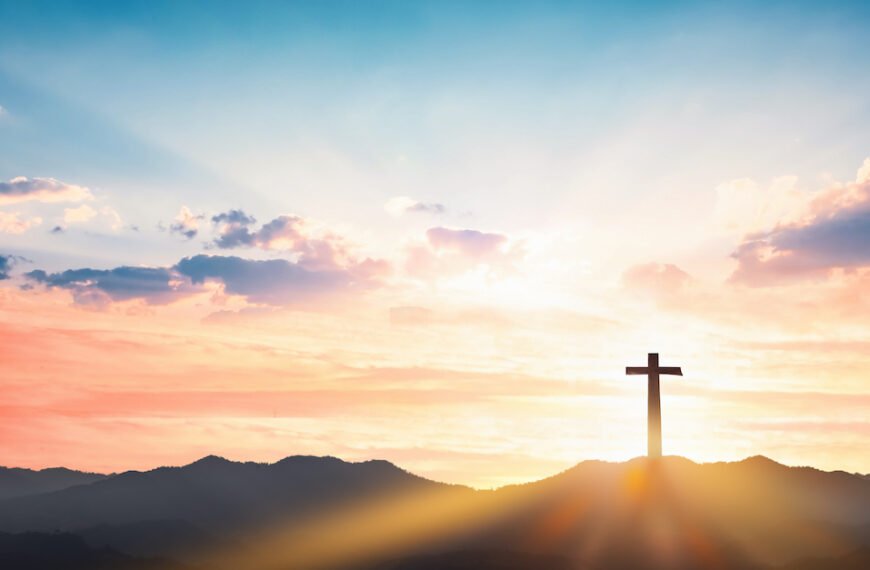Hidden Christianity in Rural Japan: A Tradition at Risk
In the remote islands of Nagasaki Prefecture, a handful of believers have preserved a secret version of Christianity that stretches back centuries. These “Hidden Christians” trace their roots to a time when Jesuit missionaries converted many during the 16th century—a period when foreign traders established bustling ports in Nagasaki. While hundreds of thousands once embraced the new faith, the rise of a hostile shogunate led to violent suppression, forcing some followers into concealed practice.
A Distinct Tradition Born of Persecution
After the brutal crackdown of the early 17th century, many of the once openly practicing Christians adopted mainstream Catholicism. However, others remained committed to the clandestine traditions of their ancestors. Over the years these communities developed unique practices that set them apart. They hide all visible symbols of their faith, venerating ritual objects such as scroll paintings of Mary and Jesus—disguised as Buddhist icons—to avoid detection by authorities.
Secret Rituals and Enduring Customs
One of the most remarkable aspects of Hidden Christianity is their use of Latin chants known as “Orasho,” which originated with the prayers brought by European missionaries. These chants have remained virtually unchanged over the centuries, transporting practitioners to a time when worship was a clandestine act of defiance and survival. In some areas, believers even pray before a deified image called “Maria Kannon,” blending elements of both Christian and local Buddhist traditions.
The Struggle to Preserve a Fading Heritage
Today, this storied tradition faces a steep decline. With nearly all its adherents advanced in age and younger generations abandoning the lifestyle—seeking opportunities in cities or simply turning away from the arduous customs—the continuity of Hidden Christianity is in jeopardy. Once home to thousands in the mid-20th century, the community has dwindled dramatically. As regular ceremonies give way to only a handful of annual gatherings, efforts to document and archive artifacts and firsthand accounts have become critical.
A Community Without Institutional Support
Unlike mainstream Catholic congregations, Hidden Christians lack an organized clergy or institutional framework. Their rituals are maintained by families taking turns safeguarding their sacred objects and conducting secret services. This decentralized practice presents a major challenge: without trained religious leaders to instruct the next generation and adapt the traditions over time, the practice risks vanishing completely.
Looking Toward the Future
Local figures express deep concern over the potential loss of a unique cultural and religious heritage. Elder believers have kept handwritten records of the ancient Latin chants, hoping that these personal archives will inspire younger members to eventually assume leadership. For many, the duty to preserve the memory of past suffering and perseverance is a sacred responsibility—a commitment to honor the legacy of their forebears in the face of modern change.
As Japan continues its rapid modernization, the survival of Hidden Christianity hangs in the balance. Efforts by researchers and community members to document, preserve, and share the history of these secretive practices may be the only bulwark against the complete erosion of a tradition that once flourished in the shadows of persecution.

Rockin’ the faith, one verse at a time!
Growing up, the Bible’s stories deeply impacted me. Now, with over 15 years of preaching experience, I blend timeless teachings with modern technology, making them relevant for today’s world.
Bible Hub Verse is my platform to share historical insights and thought-provoking articles, exploring both familiar and uncommon Christian topics. My passion is building a welcoming online space for everyone to learn, grow in their faith, and discover the Bible’s enduring message.
Join the journey!
God bless you.





